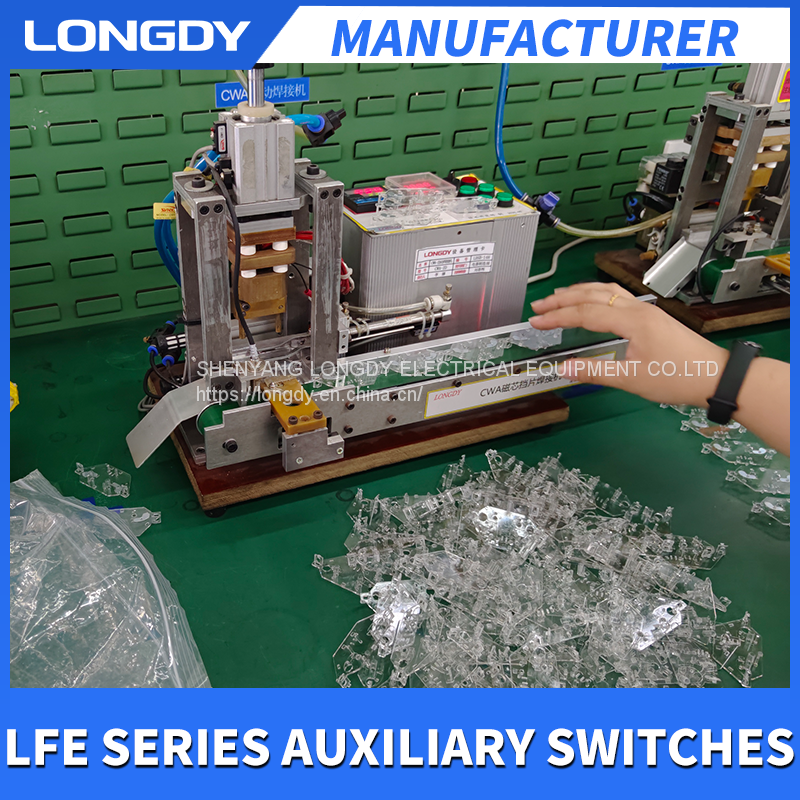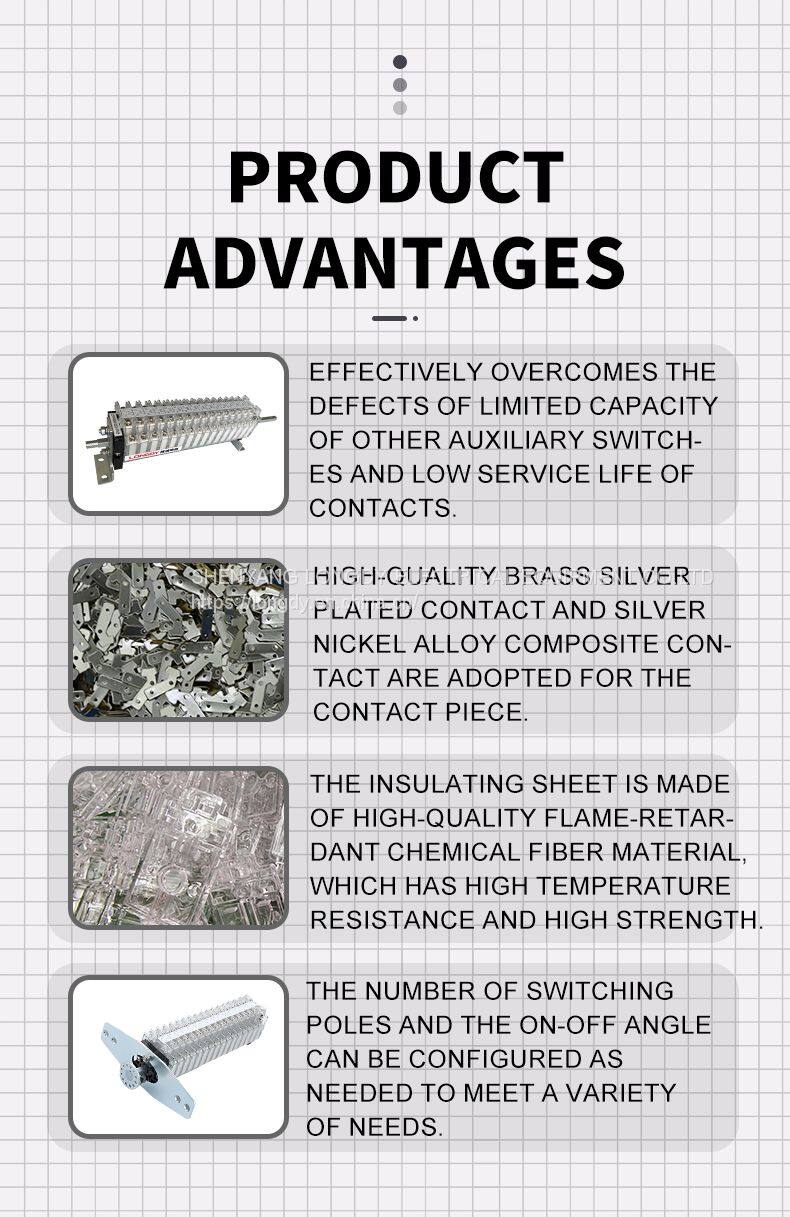Home > Company News > The specific function and operation mode of the auxiliary switch on the circuit breaker switch
Company News

A circuit breaker is a switching device that can carry and break current under normal circuit conditions, and can carry and break current under abnormal circuit conditions within a specified time. According to the different scope of use, circuit breakers can be divided into high-voltage circuit breakers and low-voltage circuit breakers. The boundary between high and low voltage may be somewhat ambiguous for pilot holding. Generally speaking, electrical appliances above 3kV are referred to as high-voltage electrical appliances. The main function of circuit breakers is to distribute electrical energy and protect equipment such as power lines and motors. It can automatically cut off the current and play a protective role in the event of severe overload, short circuit, or undervoltage faults in the circuit. Combined with fuse switches and over/under heat relays, it can meet more needs. In addition, circuit breakers usually do not require replacement of components to break fault current. Therefore, circuit breakers have been widely used.
The main function of circuit breakers is to distribute electrical energy and protect equipment such as power lines and motors. It can automatically cut off the current and play a protective role in the event of severe overload, short circuit, or undervoltage faults in the circuit. Combined with fuse switches and over/under heat relays, it can meet more needs. In addition, circuit breakers usually do not require replacement of components to break fault current. Therefore, circuit breakers have been widely used. Distribution is a crucial aspect in the production, transmission, and use of electricity. The distribution system consists of transformers and various high and low voltage electrical equipment, among which the low-voltage circuit breaker is a widely used electrical equipment.
Distribution is a crucial aspect in the production, transmission, and use of electricity. The distribution system consists of transformers and various high and low voltage electrical equipment, among which the low-voltage circuit breaker is a widely used electrical equipment.
Auxiliary switches are a part of power equipment, such as high-voltage or medium voltage circuit breakers and isolating switches. It is used to achieve the opening, closing, signal control, and interlocking protection functions of the secondary control circuit, and can be used as a combination switch and a transfer switch. The name of an auxiliary switch contains the word "auxiliary" because it is not an independent switch, but an auxiliary carrier in the control system to achieve breaking, connecting, and interlocking functions.
Usually, high-voltage circuit breakers are equipped with multiple auxiliary contacts. The on-off situation of these auxiliary contacts is the same or opposite to the main contact of the circuit breaker. Therefore, in the secondary circuit (such as control, protection, etc.), the opening and closing positions of the circuit breaker can be reflected through auxiliary contacts, thereby achieving automatic control, such as continuous tripping, BZT, mutual locking, start stop protection, and other functions. Secondary circuit refers to all low-voltage circuits such as measurement circuit, relay protection circuit, switch control and signal circuit, operating power circuit, electrical locking circuit of circuit breaker and isolation switch. The electrical circuit composed of interconnected secondary equipment is used for monitoring, controlling, regulating, and protecting the primary equipment, and is called the secondary circuit. It consists of the secondary winding of the transformer, measuring and monitoring instruments, relays, automatic devices, etc., forming a cable connected circuit. This circuit is used to control, protect, regulate, measure, and monitor the working conditions of various parameters and components in the primary circuit. All electrical connection circuits composed of monitoring instruments, control operation signals, relay protection, and automatic devices are referred to as secondary circuits or secondary wiring.
Secondary circuit refers to all low-voltage circuits such as measurement circuit, relay protection circuit, switch control and signal circuit, operating power circuit, electrical locking circuit of circuit breaker and isolation switch. The electrical circuit composed of interconnected secondary equipment is used for monitoring, controlling, regulating, and protecting the primary equipment, and is called the secondary circuit. It consists of the secondary winding of the transformer, measuring and monitoring instruments, relays, automatic devices, etc., forming a cable connected circuit. This circuit is used to control, protect, regulate, measure, and monitor the working conditions of various parameters and components in the primary circuit. All electrical connection circuits composed of monitoring instruments, control operation signals, relay protection, and automatic devices are referred to as secondary circuits or secondary wiring.



